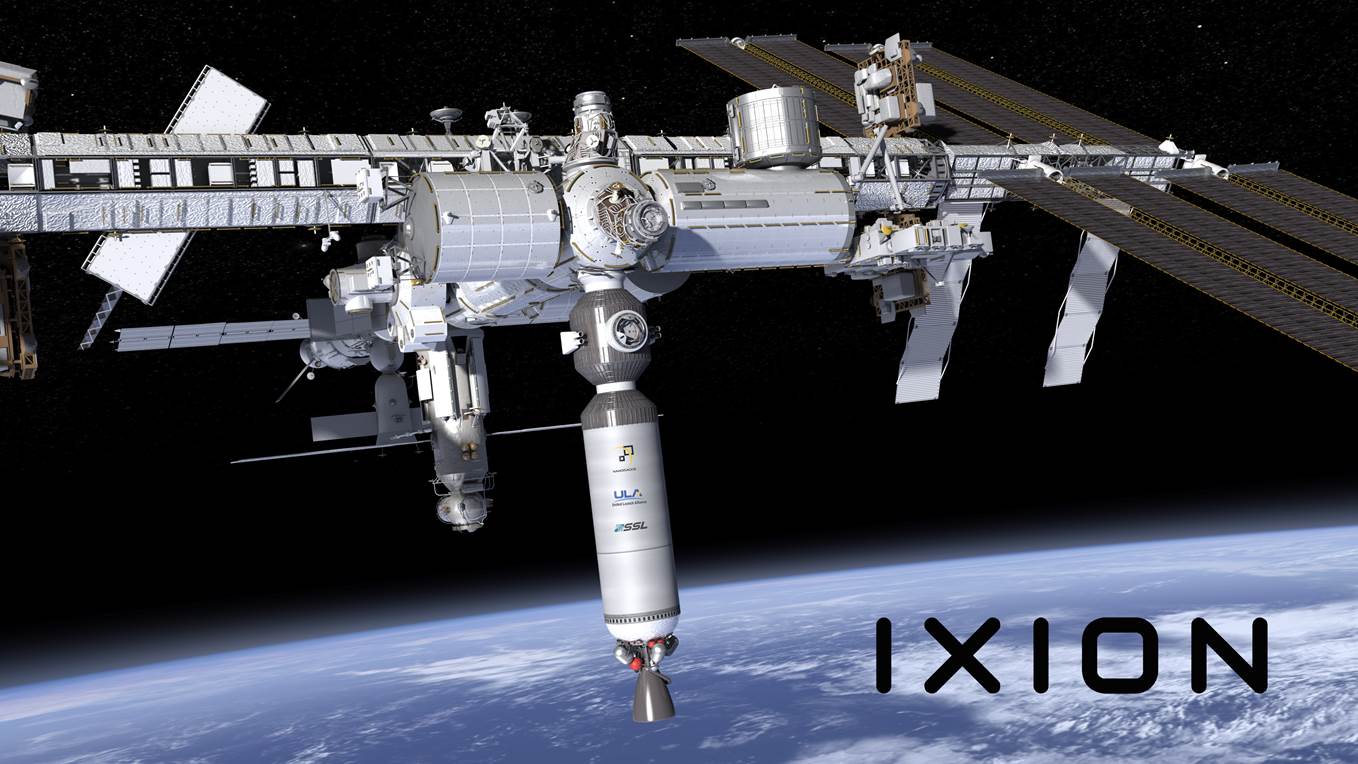
The ISS is the only place in space where humans can hang out for extended periods of time, at least for now. Sadly, its retirement is fast approaching, and gridlock in global politics has stymied future international collaborations.
Which is why NASA is turning to the private sector for more habitation ideas. The six companies NASA has tapped for its NextSTEP program have developed their own ground prototypes for deep space habitation of the future. All of these habitat ideas contain a pressurized volume plus an array of complex systems such as docking capability, environmental control and life support systems (ECLSS), logistics management, radiation mitigation and monitoring, fire safety technologies, and crew health capabilities.
Each company has a unique approach to their engineering:
Bigelow Aerospace LLC is looking to leverage lessons from the BEAM expandable module currently on the ISS to develop XBASE, its 330 m expandable habitat.
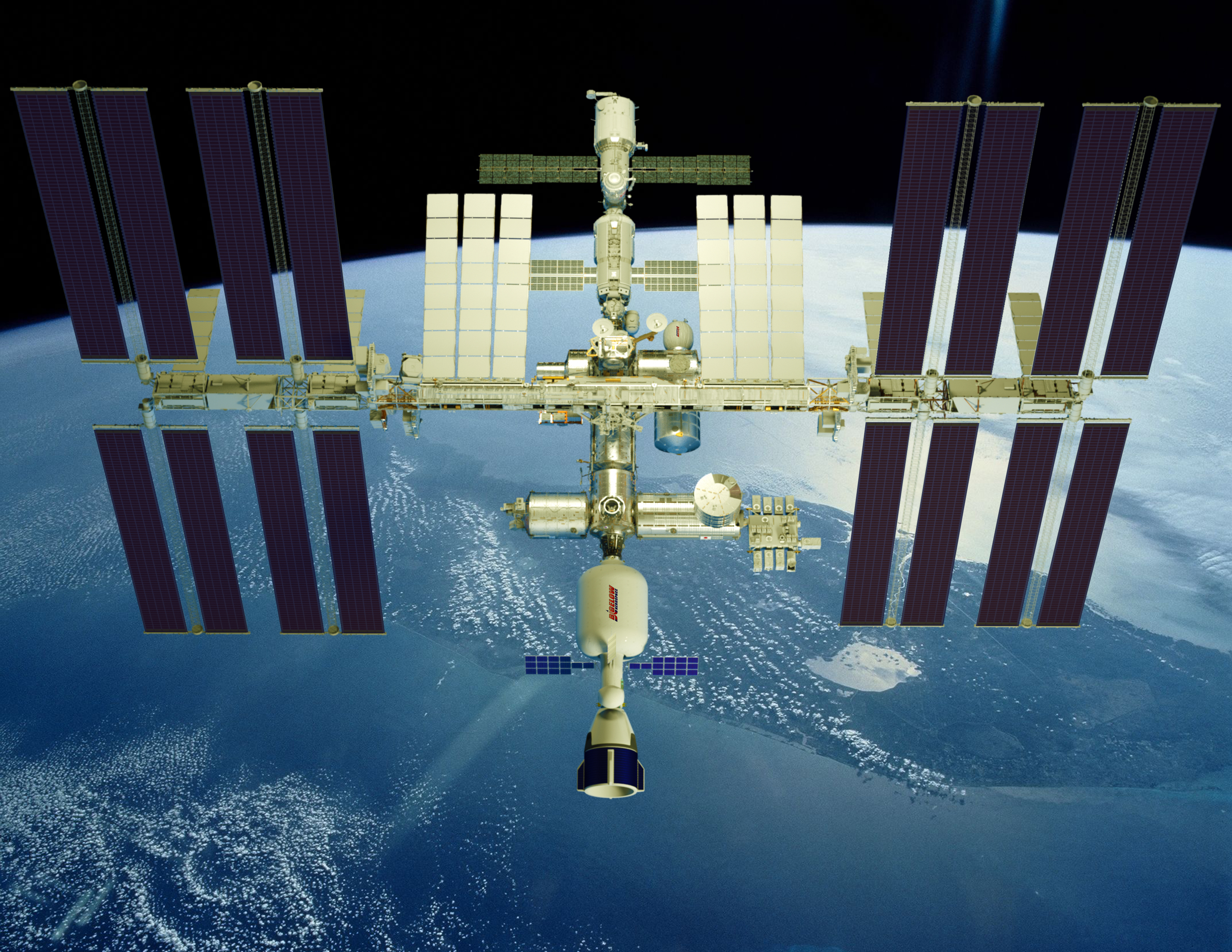
Boeing will be using its experience in operating and maintaining the ISS in building its space habitat.
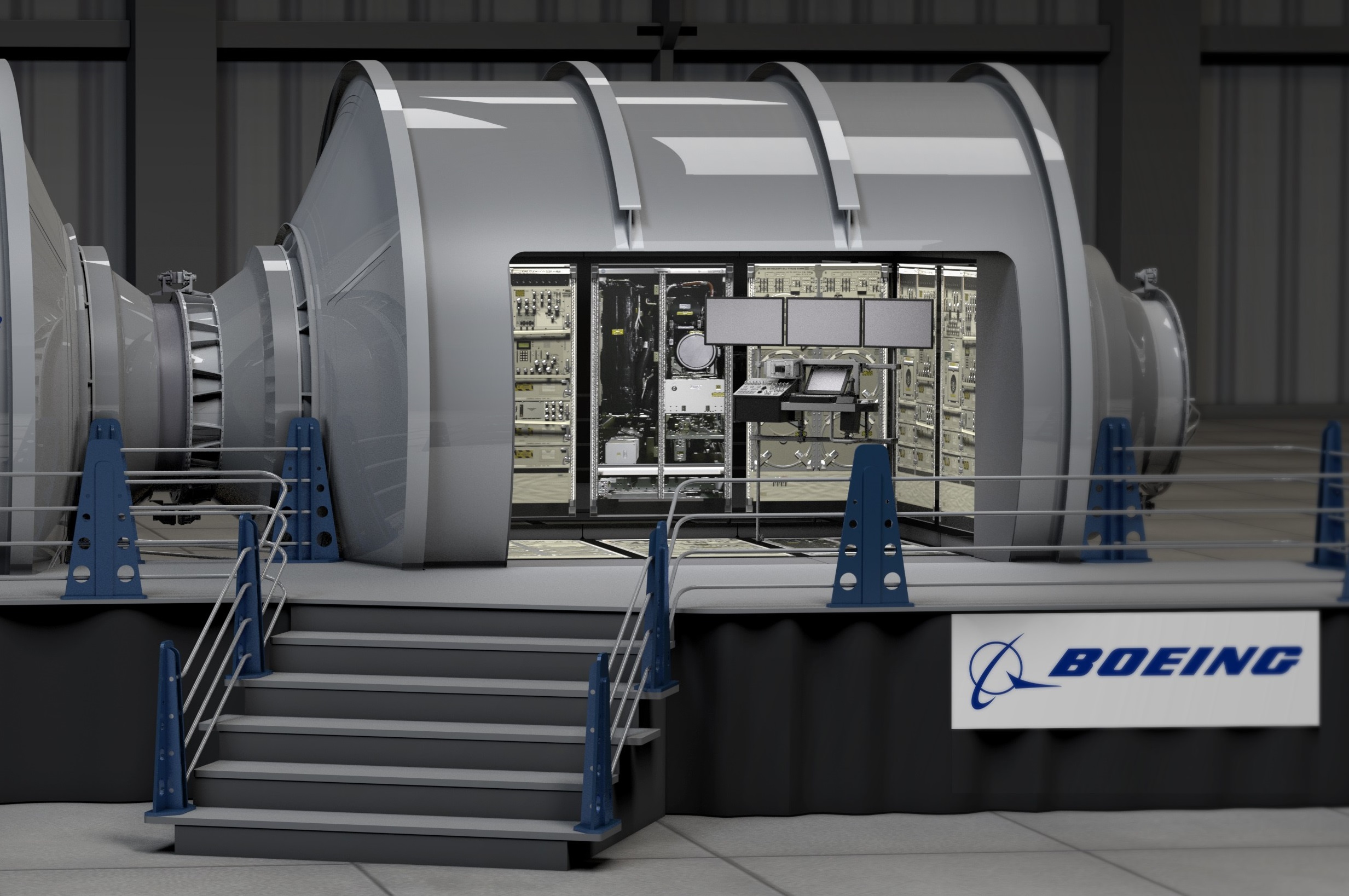
Lockheed Martin will be using refurbished multi-purpose logistics modules in its prototypes.
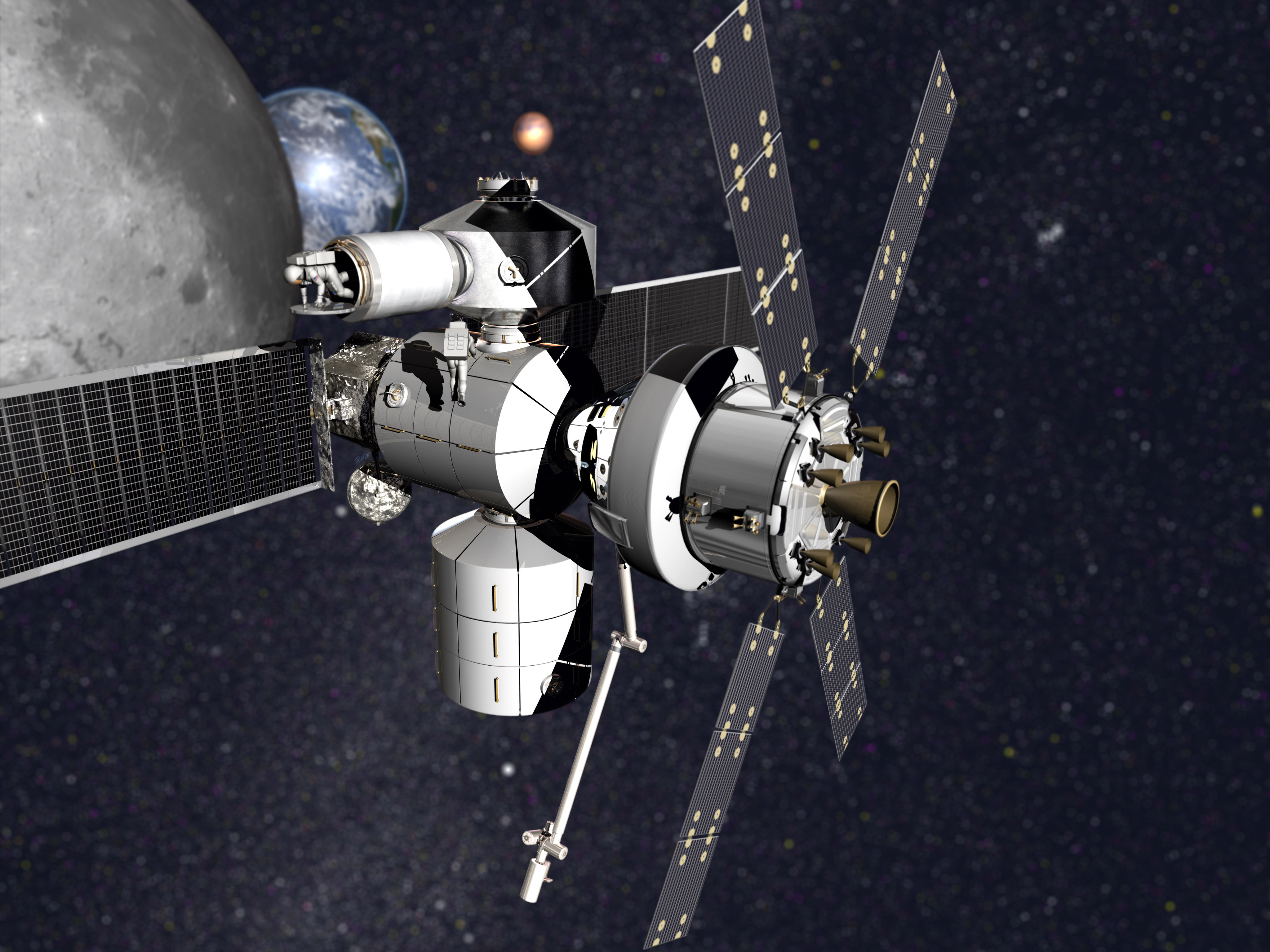
Orbital ATK will be expanding its cislunar habitat concept, based on the Cygnus spacecraft, for this habitation project.
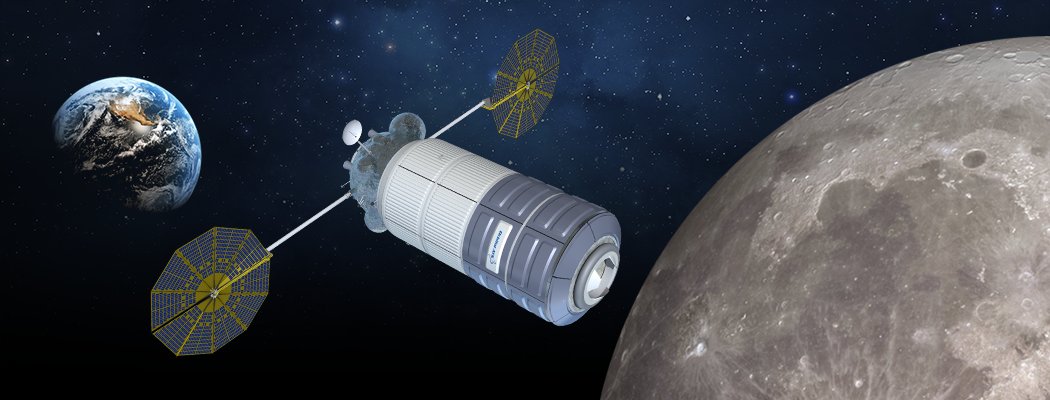
Sierra Nevada Corporation’s Space Systems will be making prototypes based on the Dream Chaser cargo module.

Finally, NanoRacks will study the use of an existing launch vehicle’s upper stage, or propellant segment, into a pressurized habitat.
